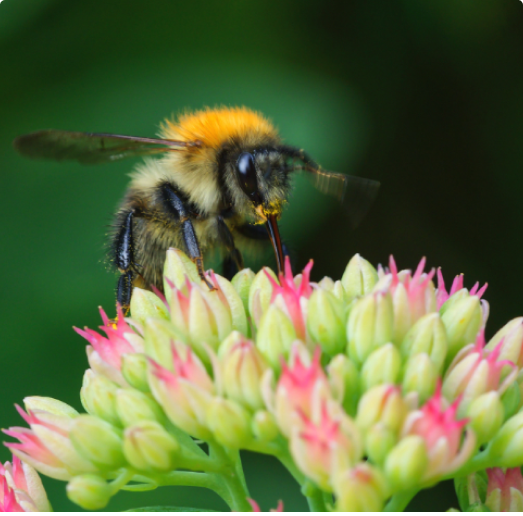
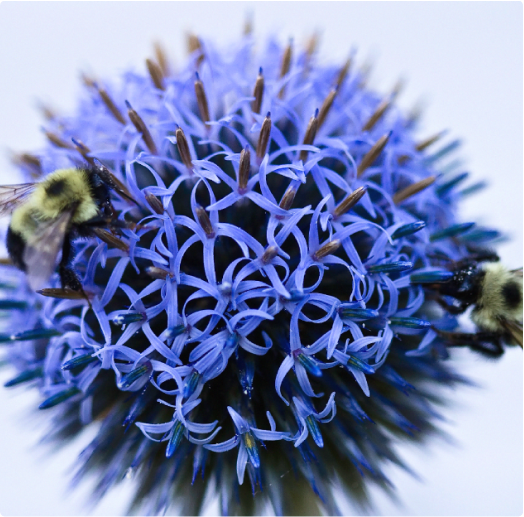

The queen is the only member of a colony able to lay fertilized eggs and she is important in establishing a strong honey bee colony, and she is capable of producing up to 2,000 eggs within a single day. The queen can live to five years but usually only lives two to three years producing eggs.
Worker bees are entirely female, but they are unable to produce fertilized eggs. Workers are essential members of honey bee colonies as they forage for pollen and nectar, tend to queens and drones, feed larvae, ventilate the hive, defend the nest and perform other tasks to preserve the survival of the colony. The average lifespan of worker bees is approximately six weeks.
Drones, or male honey bees, have only one task which is to fertilize new queens. Drones mate outdoors usually in mid-air and die soon after mating.
Honey bee swarming is a natural part of a developing colony and it happens when the hive is overcrowded. An old queen leaves the hive with about half of the hive’s worker bees, while a new queen remains in the old hive with the rest of the workers. Swarming honey bees fly temporarily, and then cluster on shrubs and tree branches until a new site is located by the scout honey bee. If you ever get a swarm in your garden contact your local beekeeper and they will remove it.

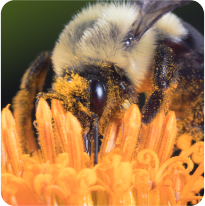
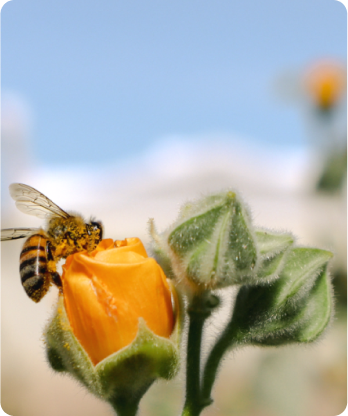
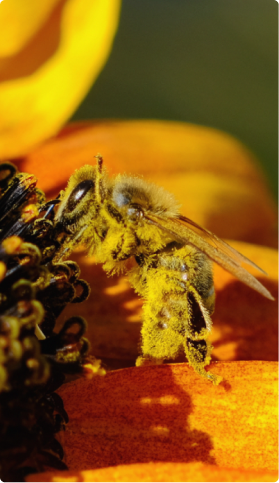
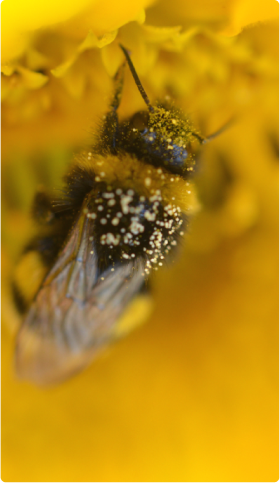
There is so much we can learn from the honey bee and plenty to be thankful for, when opening a jar and tasting the end product, a delicious serving of honey.
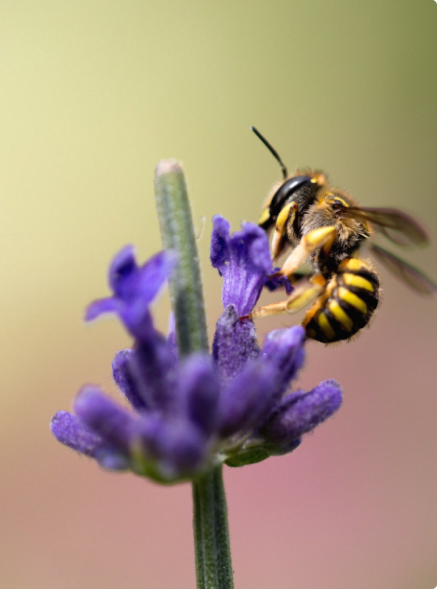
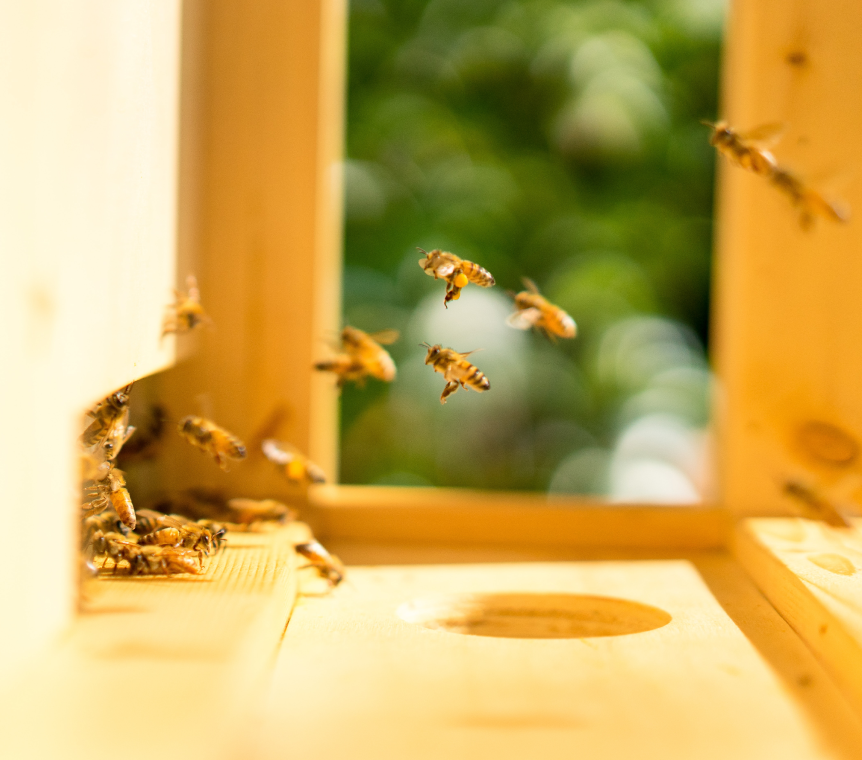
Produced
They visit
There are around
Over
Contribute

